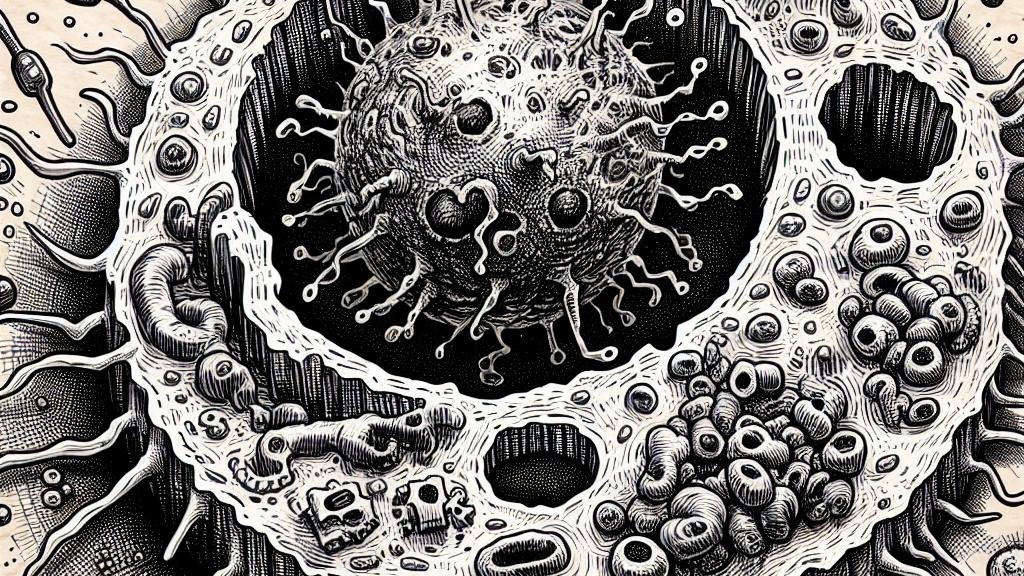Understanding How Lysosomes Help Cancer Cells Spread
Overview
- Lysosomal activities play a crucial role in cancer cell dynamics.
- Focal adhesions critically influence cell migration and invasion.
- Targeting these pathways may revolutionize cancer treatment strategies.

The Hidden Role of Lysosomes in Cancer Spread
Lysosomes, often dubbed the cell's waste disposal unit, are emerging as vital players in the relentless spread of cancer. Typically, we think of them as simple recyclers, breaking down cellular debris and toxic substances. However, a deeper look reveals that these organelles are intricately involved in the invasive behaviors of cancer cells. For example, through a remarkable process known as lysosomal exocytosis, cancer cells can expel their contents, aiding in their ability to invade surrounding tissues. Studies have shown that heightened levels of a particular type of sugar, called paucimannose glycans, allow these cells to enhance their invasiveness. This unexpected role of lysosomes transforms our understanding, positioning them not merely as housekeepers but as strategic allies in the dark narrative of cancer metastasis.
Focal Adhesions: The Anchors of Cell Movement
Focal adhesions serve as critical anchors, connecting cells to their surrounding matrix. They are vital for maintaining structural integrity, yet they also orchestrate the rhythm of cell movement. Imagine a concert where each musician plays in harmony; that’s how focal adhesions and lysosomes collaborate. For instance, when cancer cells decide to migrate, their focal adhesions facilitate essential dialogues with lysosomes, promoting the necessary enzymatic activities to break down barriers in connective tissues. One study highlighted how cancer cells manipulate their focal adhesions to streamline their migration. This indicates that these adhesion points are not just passive but dynamic, facilitating cancer cells' journey from one location to another, reminding us that the dance of invasion is both complex and terrifying.
Innovative Therapies on the Horizon
The revelations about the roles of lysosomes and focal adhesions open exciting new avenues for cancer therapy. Imagine the potential of treatments specifically engineered to sever the connections between these two crucial components. By introducing drugs that inhibit the formation of focal adhesions or block lysosomal exocytosis, researchers could effectively halt the invasive capabilities of cancer cells. For instance, focusing on the MYO18B gene—essential for these interactions—might lead to cutting-edge therapies that effectively dismantle the cancer cells' invasive machinery. Such targeted approaches could transform treatment regimens, leading to more effective strategies that not only slow down cancer progression but also improve patient outcomes dramatically. The journey from basic understanding to therapeutic application reflects hope for many battling this relentless disease.

Loading...